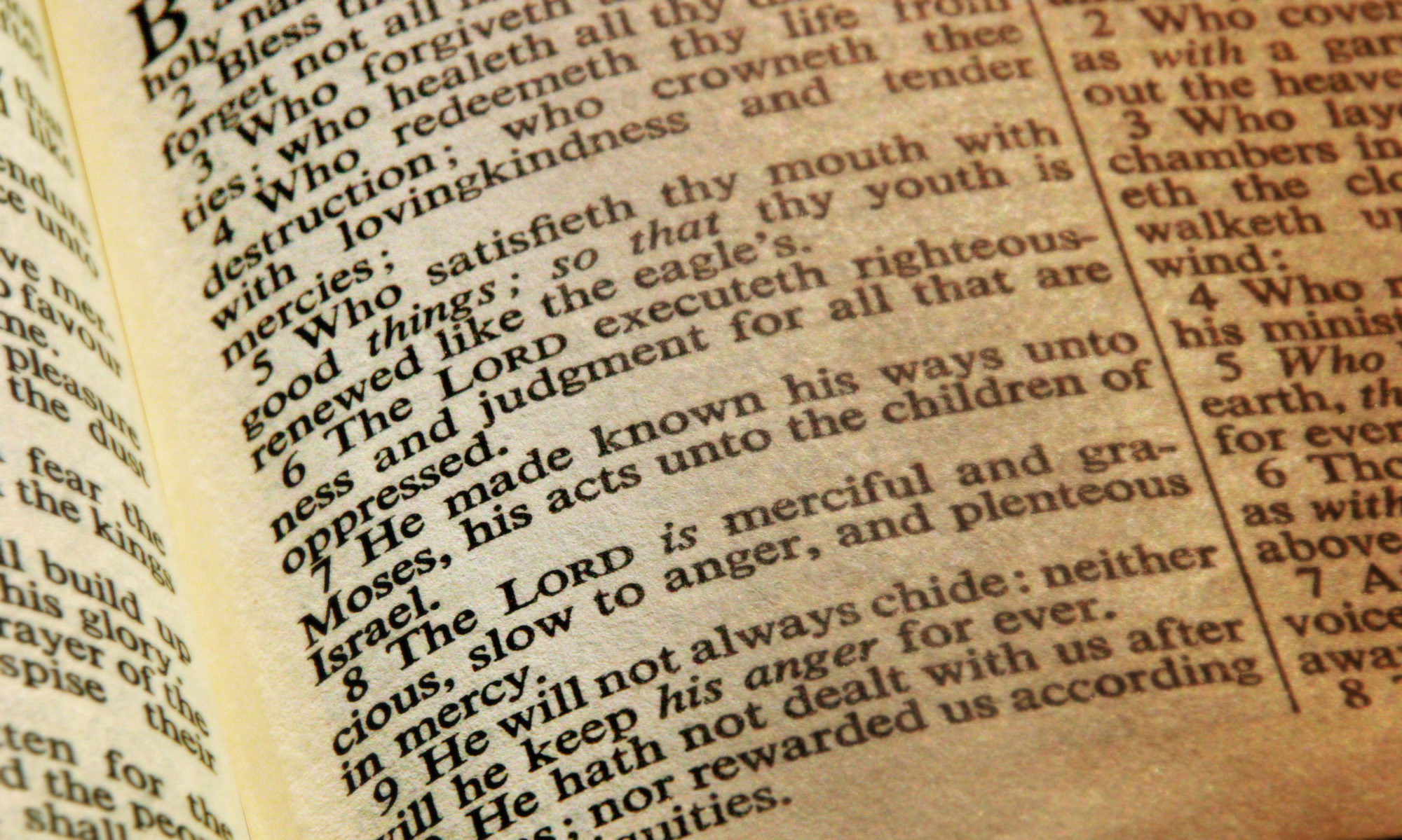Luke here identifies a period of time when the conflict and tension between Jesus and the religious elite of his day was growing. In verse 11 he notes that the religious leaders were grisly more angry, and “in those days,” describes that Jesus is doing these next things in that context. As the early signs of the end of Jesus’ earthly life are seen, Jesus begins laying the foundation to entrust his ultimate mission to twelve men.
His first response, seeing time is short, is not what most of us would instinctively do. He turns to the Father and prays. Many of us give too little priority to prayer, perhaps because we don’t really believe it impacts us or our world. But throughout Luke, we see Jesus in prayer, especially during times of hardship – here, ahead of his temptation in the wilderness, and before the crucifixion.
So, like Jesus, before we take on the pressures of the world, let’s talk to the Father. We should not be tackling the difficulties of our day before solidifying our relationship with God. Prayer keeps us anchored and tethered to the creator of the world. Prayer should be what we resort to when the pressure is on.
After he prays through the night, Jesus has clarity, and establishes the Twelve Apostles, mirroring the Twelve Tribes. He is establishing a New Israel, what would become the Church. (Paul would eventually be added to this number.)
Notably, none of these men were rabbis, scribes, Pharisees or priests. Instead, they were common men – the most wealthy or “white collar” of them all seems to be Matthew, who was a tax collector and outcast. Possibly they had even been rejected by traditional rabbis as disciples and so had fallen back to the family trades, like fishing. But these are the men Jesus chooses, after prayer, to lead his church.
After making this selection and appointing, Jesus demonstrates for them what His mission is all about. He goes down to a level place, amidst a great crowd, and preaches and heals. But Jesus strategy was to focus on a few people around him, investing in them so that they could invest in others. Within those twelve, the trio of Peter, James & John were even the inner circle, closer to Jesus and brought in deeper.
Jesus would supply these men with everything they needed for this mission – teaching, power, wisdom and much more.
The presence of Judas Iscariot on this list is an interesting conundrum. Did Jesus make a mistake here? No – he trusted the Father’s plan, of which Judas and even his betrayal was a part.
The last thing we can learn from both Jesus and that apostles is that we should turn ourselves toward the father even at death – as Jesus said, “into your hands I commit my spirit.” And of these 12, ten of them would go to a martyr’s death like Jesus would. Andrew was crucified, Peter was a well, upside down. Matthew was assassinated in Ethiopia. James was betrayed by a fellow Christian. Bartholomew was beheaded in India, where Thomas was killed by a spear.
The only disciple to die naturally was John, who lived to as much as 100, but also scarred by persecution and trial.
They all, barring Judas, made their lives count, and in the end turned to the Father. We ourselves won’t likely face martyrdom, but we will all face death, and on that day let’s do as Jesus and His apostles did.
Before you face the world, go to the Father. As you face the world, trust the Father. When you leave the world, turn to the Father.
– Sermon Notes, Andrew Arthur, Hallows Church, Edmonds, WA, March 27, 2022







